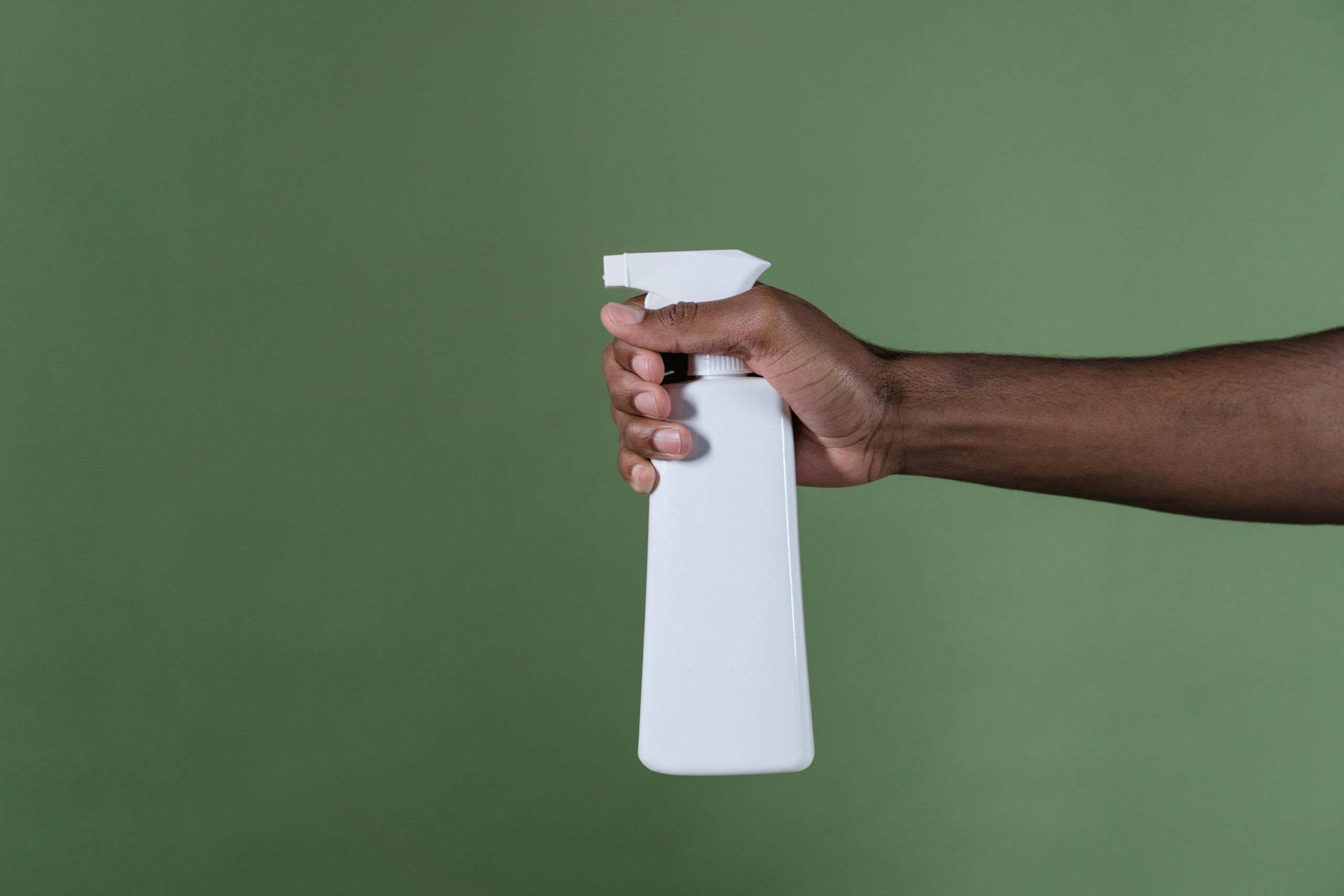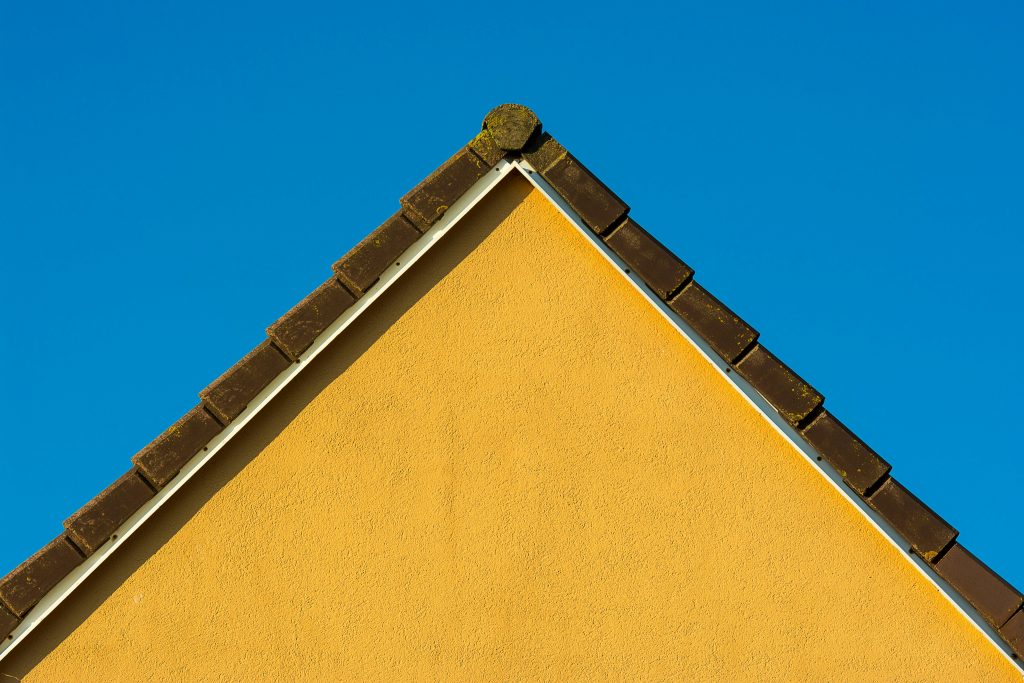
Moss on a roof can give your home a “storybook” appearance, but it’s more than just a visual issue. Left unattended, it holds moisture, accelerates wear on shingles, and can even cause leaks. Luckily, there are natural ways to remove moss without harsh chemicals, keeping both your roof and the environment safe. In this guide, we’ll cover practical strategies for cleaning moss and preventing it from coming back.
Why Does Moss Grow on Roofs?
Before tackling moss, it helps to understand why it appears in the first place. Knowing the conditions that favor moss growth makes it easier to prevent future problems.
Key factors include:
- Damp Conditions: Moss thrives in areas where moisture lingers, like shaded valleys or near gutters.
- Limited Sunlight: Shady spots under trees or next to tall buildings stay cool and moist, ideal for moss growth.
- Organic Debris: Leaves, needles, and dirt trap water and provide nutrients for moss.
- Aging Roofs: Older shingles or damaged areas retain water, creating perfect growing conditions.
By identifying these areas, you can focus your cleaning and prevention efforts where they’re most needed.
Is Moss Harmful to Your Roof?
Many homeowners see moss as harmless, but it can affect your roof in multiple ways:
- Traps Moisture: Moss holds water, softening shingles and potentially causing rot.
- Lifts Shingles: As it grows, moss can wedge under shingles, increasing the risk of leaks.
- Adds Weight: Thick moss mats can stress older roofs.
- Clogs Gutters: Moss debris can block gutters, leading to water backup and foundation issues.
In short, addressing moss promptly prevents both structural damage and costly repairs.
How to Prepare for Natural Moss Removal

Safety and preparation are essential before climbing onto your roof. Here’s what you’ll need:
- Safety Gear: Gloves, non-slip shoes, and eye protection.
- Ladder: Make sure it’s stable and placed on level ground.
- Brushes: A soft-bristle broom or brush avoids damaging shingles.
- Spray Bottle or Garden Sprayer: For applying natural solutions.
- Plant Protection: Cover nearby shrubs to prevent contact with cleaning solutions.
If your roof is steep, old, or fragile, it’s safer to hire a professional rather than risk injury.
How to Remove Moss from Your Roof Naturally: 4 Effective Methods
You don’t need harsh chemicals to get rid of moss. Several natural remedies are effective, eco-friendly, and safe for plants and pets. Here’s a closer look at some of the best options:
1. Vinegar Spray
Vinegar is acidic, which helps break down moss and prevent it from returning. It’s a reliable option for roofs with moderate moss growth.
Steps to follow:
- Mix your solution: Combine equal parts white vinegar and water in a spray bottle or garden sprayer. For larger roofs, a bigger sprayer may save time.
- Apply generously: Spray the vinegar solution directly on moss patches. Make sure the leaves or branches of nearby plants are covered or shielded.
- Let it work: Allow the solution to sit for 15–20 minutes. The acidity will begin to weaken the moss.
- Scrub gently: Using a soft-bristle brush, scrub the moss in the direction of the shingles. Avoid excessive force to protect your roof.
- Rinse if needed: If you prefer, lightly rinse the area with water. This helps wash away loosened moss but isn’t always necessary.
Pro tip: Vinegar works best in dry, sunny weather when the moss can dry out quickly afterward, reducing the chance of regrowth.
2. Baking Soda Treatment
Video Source
Baking soda changes the surface pH, making it hard for moss to survive. This method is slow-acting but gentle on your roof.
Steps to follow:
- Sprinkle a thin, even layer of baking soda directly onto mossy areas. Focus on dense patches.
- Leave it for 24 hours, allowing the moss to absorb the sodium content.
- After a day, lightly brush away the moss with a soft brush.
- Optional rinse: Water the area gently to remove leftover baking soda, though leaving a small residue can further discourage moss growth.
Extra tip: Baking soda works well for small patches or roofs where you want to avoid acidity from vinegar or lemon juice.
3. Lemon Juice
Lemon juice is naturally acidic, making it effective at killing moss while adding a fresh scent. It’s ideal if you want a completely natural, plant-friendly option.
Steps to follow:
- Prepare a spray solution: Mix lemon juice with water in a 1:1 ratio.
- Apply generously: Spray the moss-covered shingles thoroughly. Be careful not to oversaturate the roof.
- Wait for 20–30 minutes: The acidity starts to break down the moss’s structure.
- Scrub lightly: Use a soft brush to remove moss, working along the shingles’ direction.
- Rinse carefully: A gentle rinse removes loosened moss but avoid heavy water flow that could disturb shingles.
Pro tip: Lemon juice is perfect for small areas or roofs surrounded by plants, as it won’t harm vegetation when used carefully.
4. Boiling Water (Use Caution)
For stubborn, small moss patches, boiling water can be effective—but it requires extreme care.
Steps to follow:
- Bring water to a boil and pour it slowly directly onto moss patches.
- Avoid prolonged contact with older shingles, which could be damaged by high temperatures.
- Let the moss soak in the heat for several minutes, then scrub lightly with a soft brush if needed.
Safety tip: Wear protective gloves and shoes to prevent burns, and never pour water from a height where it could splash back.
How to Scrub Moss Safely
Once you’ve applied your natural moss treatments, the next step is gentle scrubbing. Knowing how to get moss off roof safely is crucial to avoid damaging your shingles.
- Brush in the right direction: Always scrub down the slope of the shingles rather than against them. This prevents lifting or tearing.
- Use soft tools: A soft-bristle brush or broom works best. Avoid wire brushes or metal scrapers, which can scratch or remove protective granules.
- Skip high-pressure washing: While it may seem quick, pressure washing can force water under shingles and damage the roof. Soft brushing or low-pressure rinsing is safer.
- Take it slow: Focus on small sections at a time, especially if your roof is old or fragile.
By following these careful techniques, you’ll effectively remove moss while keeping your roof intact and looking its best.
How to Prevent Moss from Returning
Getting moss off your roof is only half the battle. Preventive strategies are key to keeping it from coming back:
Let in More Sunlight
Moss thrives in shade, so increasing sunlight exposure makes your roof less hospitable:
- Trim overhanging branches near the roof.
- Ensure nearby trees or vines aren’t blocking sunlight.
- Consider pruning selectively to allow light without removing too much foliage.
Sunlight dries the roof faster, reducing damp conditions where moss thrives.
Maintain Proper Drainage
Moisture encourages moss growth, so keeping water flowing away from your roof is critical:
- Clean gutters and downspouts at least twice a year.
- Ensure water flows freely off valleys and ridges.
- Check for low spots where water might pool after rain and correct drainage if necessary.
Proper drainage also protects your foundation and prevents water damage to siding.
Metal Strips
Zinc or copper strips act as a natural deterrent for moss:
- Install strips along the roof ridge. Rainwater releases metal ions that prevent moss growth.
- Over time, this method creates a protective barrier without chemicals.
- This is a long-term solution that works best when combined with sunlight exposure and good drainage.
Regular Roof Checks
Routine inspection allows you to spot moss early before it spreads:
- Check your roof at least twice a year, ideally in spring and fall.
- Look for small moss patches, organic debris, or damp areas.
- Remove any moss promptly using one of the natural methods above.
Pro tip: Maintaining a small moss-free routine is much easier than tackling large growth later.
Closing Thoughts: A Moss-Free Roof Without Chemicals
Moss doesn’t have to be a persistent headache. With natural cleaning methods like vinegar, baking soda, or lemon juice, plus preventive measures like sunlight management and metal strips, you can maintain a healthy roof safely.
Consistent inspections, careful cleaning, and proactive prevention keep moss at bay, protecting your home from damage and extending the life of your shingles. A little effort now goes a long way in preserving a beautiful, moss-free roof for years to come.
